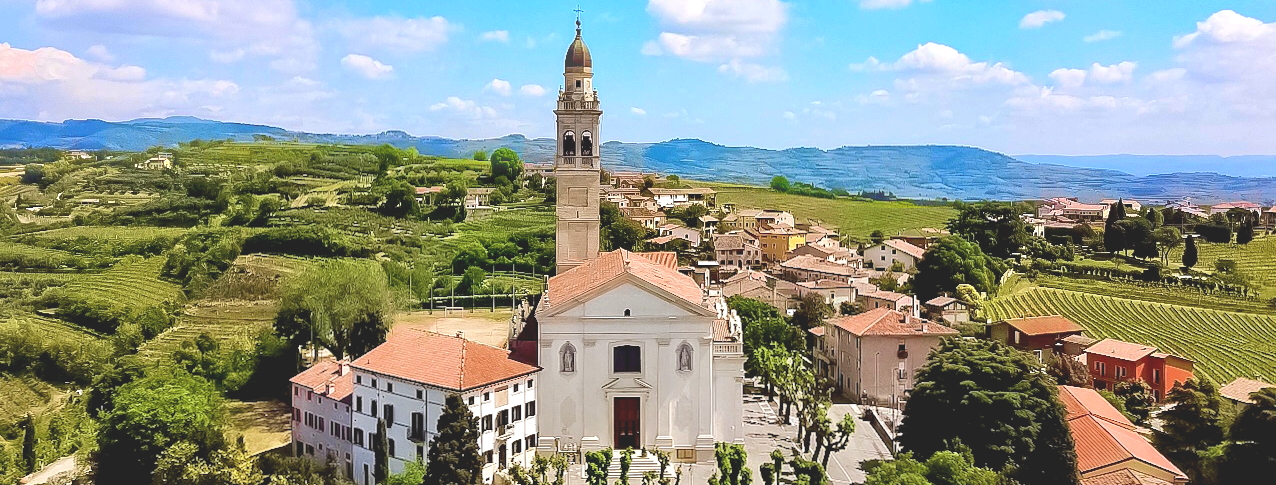The altar, created by the brotherhood of San Sebastiano and Rocco following the plague of 1630, is dedicated to the Immaculate Virgin and the two saints traditionally invoked against the plague. It was originally intended for the church of San Bernardino but was brought to this church in 1931.
The demolition of the chapel’s preexisting altar revealed a series of 15th-century bas-relief carvings that depict the martyrdom of San Blaise and his six miracles. Following their restauration, those carvings are now housed in the chapel of San Blaise.

The imposing altar table is composed of a large variety of marble inlays and framed by black 17th-century embossed borders. The elevation consists of four columns with composite capitals that flank the central recess and hold up a pediment with a broken curvilinear profile decorated with dentils. At the center of the pediment there is the architectural cusp with the dedicatory plaque.
The dynamism of the columns and the lintel that extends over three levels is characteristic of Baroque taste.
The wooden statue, carved by Antonio Papa in 1780, depicts the Immaculate Madonna and is placed in the perspective framing with marble inlays. According to the testimony of Sir Marangoni, the statue was restored in 1836.
On the left side of the chapel there is a painting depicting various saints: on the left, Saints Peter and Apollonia kneeling, on the right, Saint Catherine of Siena as a Dominican tertiary and San Zeno, patron saint of the Scaliger diocese. The painting dates back to the beginning of the 13th century and is attributed to Lorenzo Voltolini.











